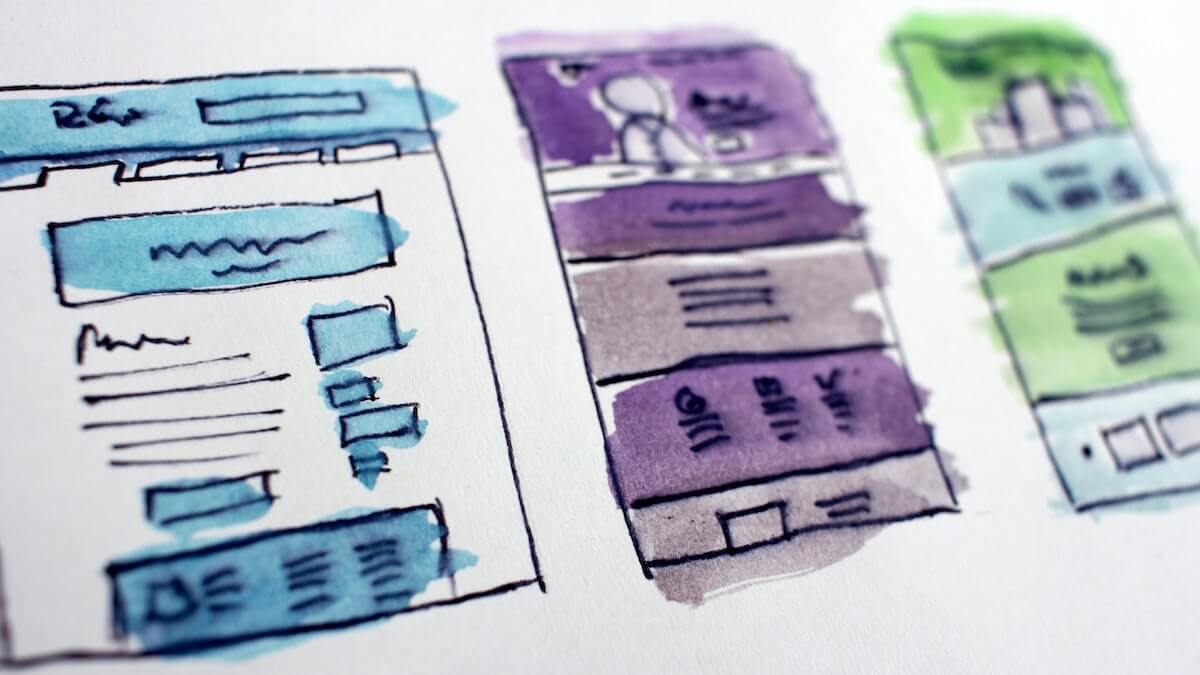This post was written by Adedolapo Evelyn Adegoroye and Victoria Adaramola, Tech Hive Advisory. We’d like to thank our partners at Tech Hive Advisory for their work spearheading deceptive design research using participatory methods across Africa. Follow Tech Hive Advisory on Twitter @HiveAdvisory.
Tech Hive Advisory and Ikigai Innovation Initiative, in collaboration with the World Web Foundation and the Tech Policy Design Lab, hosted the Deceptive Design Policy Hackathon in August 2022. The hackathon was a two-day virtual event aimed at raising awareness about deceptive design as well as co-creating a policy solution and deceptive design guidelines for the African continent.
During the hackathon event, we had five teams of participants from all over Africa present their policy findings and solutions after conducting their research. The hackathon also featured global experts and African regulators who shared timely insights and recommendations for combating deceptive designs in the continent. The event produced some of the following recommendations:
- Legislating against deceptive designs
The absence of a comprehensive framework makes it difficult to determine what constitutes a deceptive act or manipulative technique and the appropriate penalty for deceptive design practices. A multistakeholder approach is recommended to capture the scope of deceptive designs under the law to ensure regulators are not creating laws in a vacuum. The legal framework could either update a number of existing laws to protect against misleading designs or use a single rule or set of guidelines to deal with them. Also, the law will make it a legal requirement for people in the industry to recognise digital rights as human rights.
- Design audit tool and process
Regulators can develop independent audit processes that digital platforms can use to check compliance. A design impact assessment test could be mandated for new and existing products to check for manipulative designs and correct them. The tool or process will judge the impact of design and serve as a foundation for regulation.
- Complaints mechanism
There needs to be a transparent mechanism for reporting deceptive designs to regulators. More importantly, the mechanism should be quick to respond to reports of deceptive design and look into them. In addition, reports on investigations and decisions should be published periodically.
- Awareness creation and advisories
Regulators, civil society, and academia must shoulder greater responsibility for educating users online and researching manifestations of deceptive designs on the African continent respectively. This would give users a better understanding of their rights and the ability to boycott abusive services.
- Use of regulatory sandboxes
There should also be regulatory sandboxes that companies can use to test out their products. The goal will be to ensure that products can be made within the rules from the start.
- Unified regulation
There needs to be a harmonisation of standards with regard to design across Africa. Many digital platforms either operate or aspire to operate across countries and continents. Thus, fragmented frameworks make it more difficult and less enticing for tech companies who operate cross-country to comply. The regulator should develop operational guidelines, codes of ethics, and best practices for UI/UX designers, tech associations, software engineers, digital marketers, and tech companies. The codes of practice embody design principles of no surprises, transparency, fairness, and accountability and set defined standards that a user interface must meet.
Post-hackathon
We were happy to work with a group of researchers across Africa to develop a policy brief and set of guidelines that regulators can use to tackle deceptive designs. Our policy brief provides insight into the state of play and policy of deceptive designs in Nigeria and Kenya as case studies and examines various expressions of deceptive designs on e-Commerce, e-Transactions, and flight aggregation platforms.
The policy brief also adopted a number of the recommendations suggested during the hackathon. Our policy guidelines will also aim to create a set of rules that regulators in various countries can use to make the digital world safer and more trustworthy.
To learn more about the Web Foundation’s work on trusted design, visit techlab.webfoundation.org. Our team is working to synthesize findings from our workshop series that brought together stakeholders from across sectors and across the globe to co-create solutions to deceptive design. Stay tuned for more details in our upcoming publication.
For more updates, follow us on Twitter at @webfoundation and sign up to receive our newsletter.
Tim Berners-Lee, our co-founder, gave the web to the world for free, but fighting for it comes at a cost. Please support our work to build a safe, empowering web for everyone.
